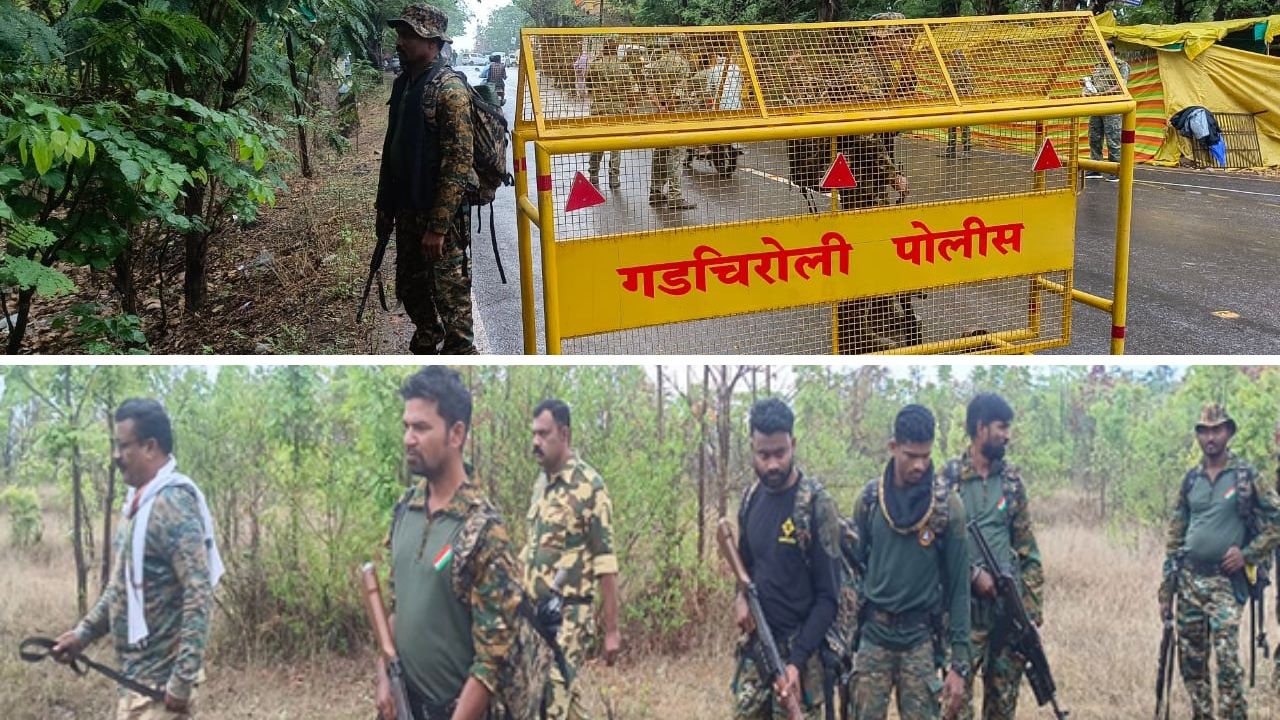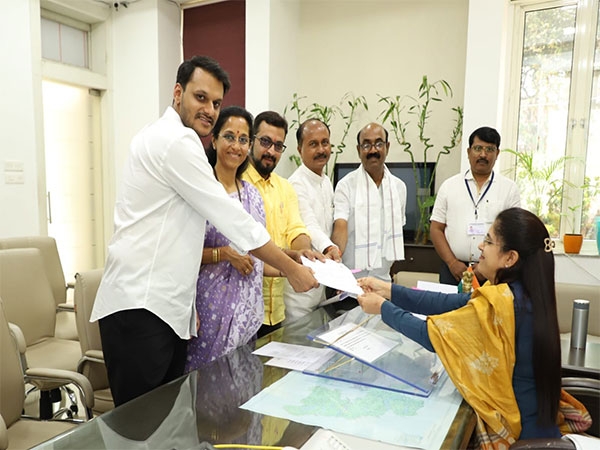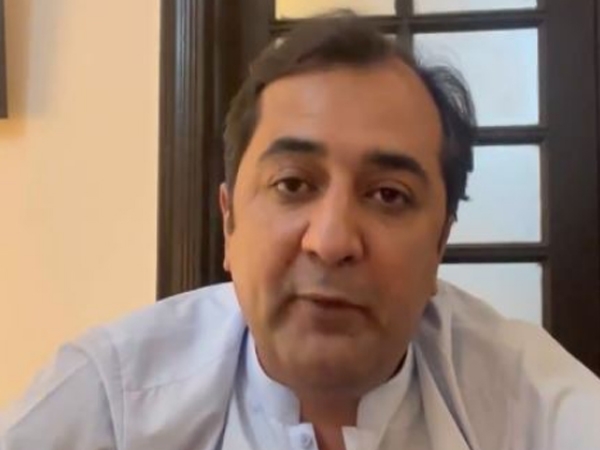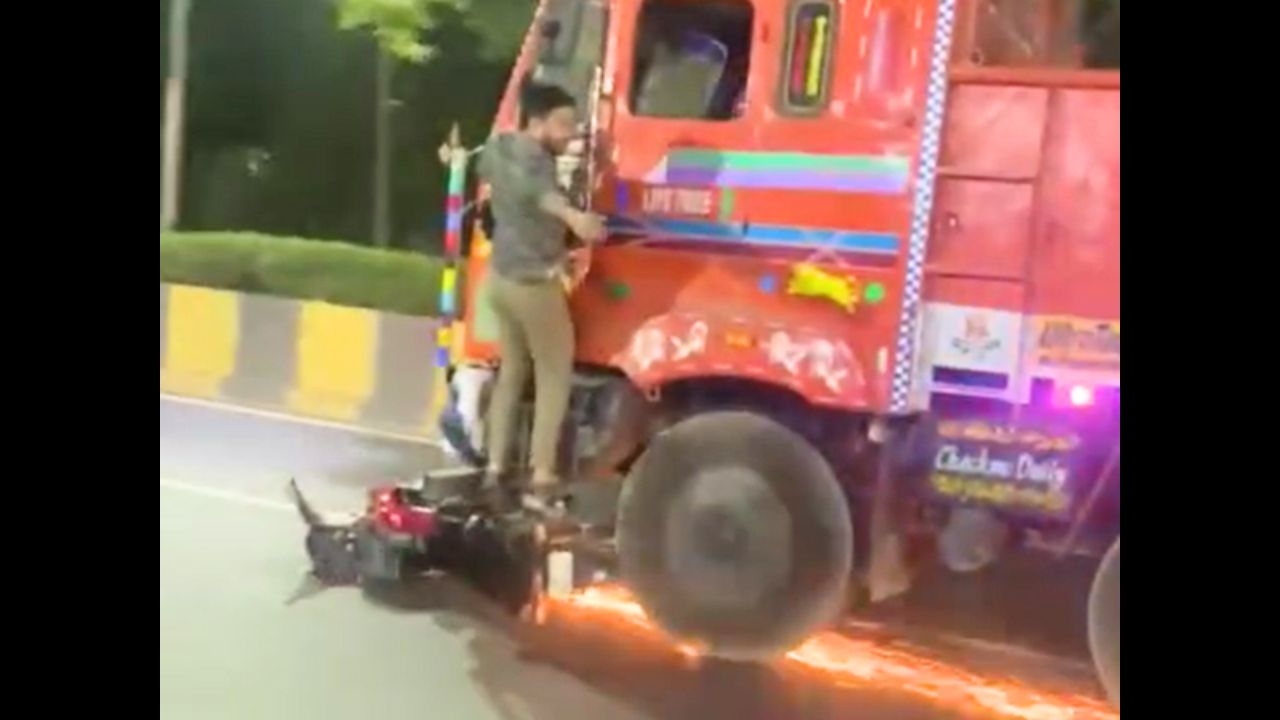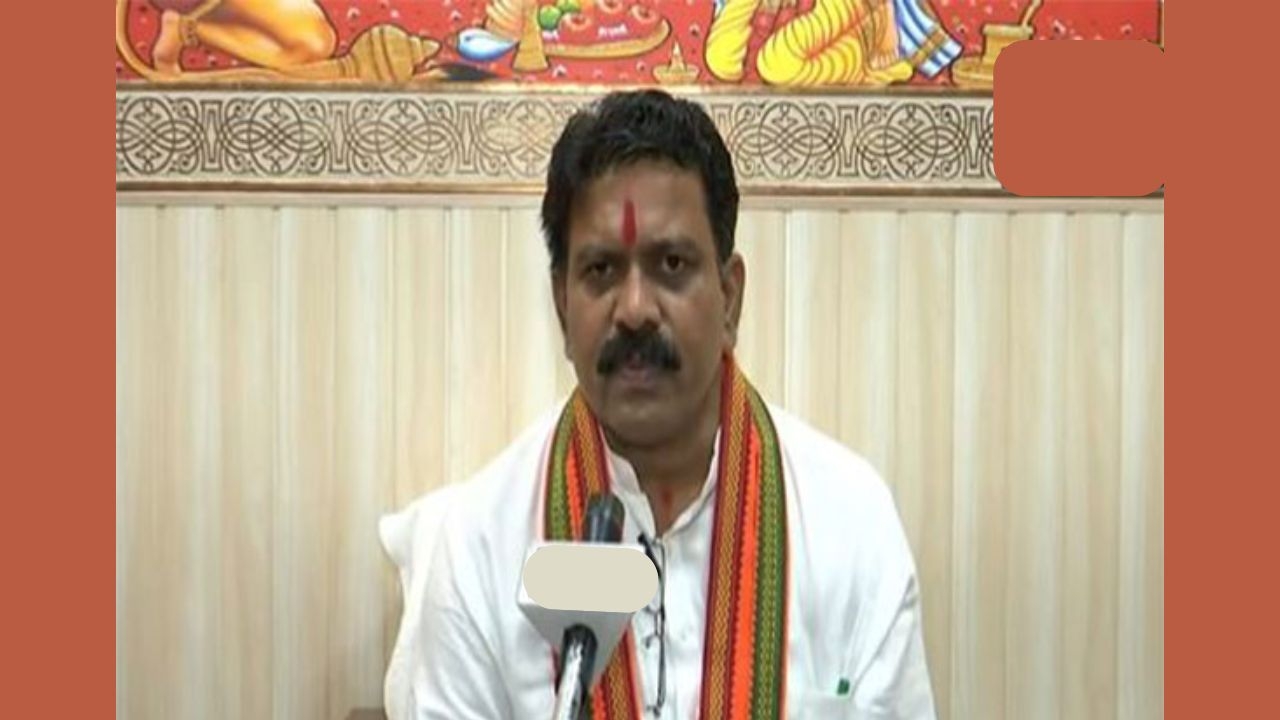4 years of Modi: Barring Swachh Bharat, NDA has very little to show
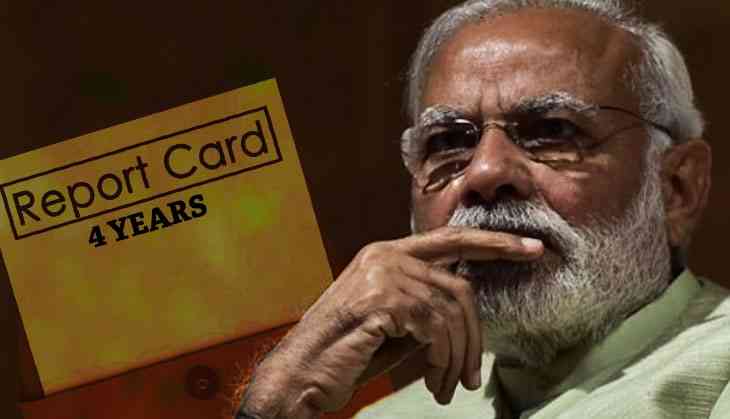
Four years is not a long time in the history of a nation that came into being 70 years ago. But for a politician who came to power negating all the achievements of previous governments, every passing month calls for scrutiny of the change that he had promised in the run up to the elections.
On 26 May, Prime Minister Narendra Modi will have completed 48 out of 60 months of the mandate that he received from the people of the country. He had made a number of promises through his party's political manifesto and outside of it. How many of his promises have fructified or are likely to come true by the time his government? Let's take a look.
BJP's election manifesto for 2014 was divided into 5 parts, with a focus on job creation, black money, improving centre-state relations, good governance, meeting aspirations of neo-middle class.
1) Job creation: It is no secret that the government has failed to create jobs for the youth. While Modi had promised to create 2 crore jobs in five years (At many places he even promised 1 crore jobs every year). But in Modi's own words, that dream is no longer possible. But he did not concede his failure in straightforward words. He rather asked people to be entrepreneurs - not the modern day, e-commerce stalwart types, who make headlines in financial papers every day, but the old traditional ones who are seen around every nook and corner of our cities. They are the Paanwalas (betel leaf sellers) and the Pakodawalas (Fritter sellers).
The idea may seem like a cruel joke to the aspirational youth of the world's soon to be youngest nation, but that is a reality that millions of young Indians have to deal with at a time when countries like US, Singapore and even Australia have begun to filter Indian engineers for IT sector jobs and the much hyped Make in India campaign has failed to create jobs within the country.
Score Card: 3/10
2) Electricity for all: Electricity for all was not a new dream for India. For over a decade India had been trying to achieve the goal with delayed deadlines. But Modi government did actually meet the target. On 28 April, 2018, Modi took to Twitter to announce that every village in India was electrified. But electrifying every village of India was sort of a relay race in which Modi was the last runner to take the baton and run to the finish line. The previous. When Modi took office in 2014, out of around six lakh, only 18,400 villages were without electricity. According to an analysis by The Wire, between 2005 and 2014, the UPA-I and UPA-II governments connected over 1,082,280 villages to the grid and over 20 million households, were provided electricity connections. But the problem under the UPA regime was the criteria for recognizing a village as electrified. According to that criteria, a village with just 10% of electrified homes would be considered electrified.
Therefore, when Modi in his electoral promise told people that every Indian will get electricity at his home within 60 days, people from villages voted for his party in huge numbers. But Modi, knowing it well that he will start his tenure at the finish line, chose not to change the criteria for electrification to 100% household and just ran to the finishing line to take the award. Due to this, despite 100% electrification of villages on papers, as many as 31 million households are still without electricity.
Score Card: 4/10
3) Clean Ganga- India is one of the most polluted countries in the world. Its rivers are one of the dirtiest. But instead of adopting a holistic agenda to cut down pollution, Modi chose only river Ganga for his river cleaning mission. It was done because of the religious importance of this river for 80% of the country's population, making it an important electoral pitch to garner votes.
Unfortunately, even after spending crores on the cleaning exercise, there is not an iota of improvement in the pollution levels of the river Ganga. Though one would laud the fact that Modi allocated a seperate minister for the project but despite a change of guard in the ministry that oversees clean Ganga project, (Uma Bharti has been replaced by Nitin Gadkari) the hope of seeing India's longest river clean is a pipe dream
Score: 1/10
4) Black money and corruption: Modi government was supposed to bring back all the black money stashed abroad within 100 days of coming to power. While nothing of that sort happened within 100 days, but in November 2016, the policy decision of demonetising Indian currency to fight black money backfired. The Indian economy is still struggling with the policies' aftershocks and nobody knows how much black money was unearthed through demonetisation.
But, one can't totally negate the government's attempt to nail the black money hoarders. The Goods and Services Tax introduced by the government tries to check the cash and without bill dealings by traders. But, to say that GST will eradicate black economy completely would be really naïve.
Score: 5/10
5) Swach Bharat Abhiyan: Cleanliness is one area where India lagged before Modi came to power. Previous governments did try to abolish open defecation in rural areas, but due to cultural issues, the task was always daunting. But Modi government has worked on the idea of making India an open-defecation free relentlessly and its results would be visible in the form of good health of Children in the age group of 3-12 years, who are most susceptible to diseases like typhoid, cholera and Jaundice due to the habit of open defecation.
Score: 8/10



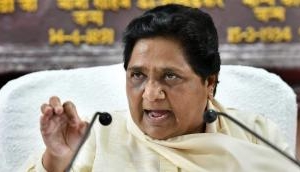
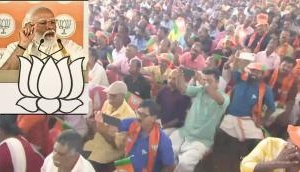
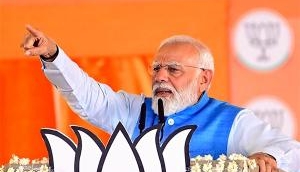
_251267_300x172.jpg)
![BJP's Kapil Mishra recreates Shankar Mahadevan’s ‘Breathless’ song to highlight Delhi pollution [WATCH] BJP's Kapil Mishra recreates Shankar Mahadevan’s ‘Breathless’ song to highlight Delhi pollution [WATCH]](http://images.catchnews.com/upload/2022/11/03/kapil-mishra_240884_300x172.png)

![Anupam Kher shares pictures of his toned body on 67th birthday [MUST SEE] Anupam Kher shares pictures of his toned body on 67th birthday [MUST SEE]](http://images.catchnews.com/upload/2022/03/07/Anupam_kher_231145_300x172.jpg)


